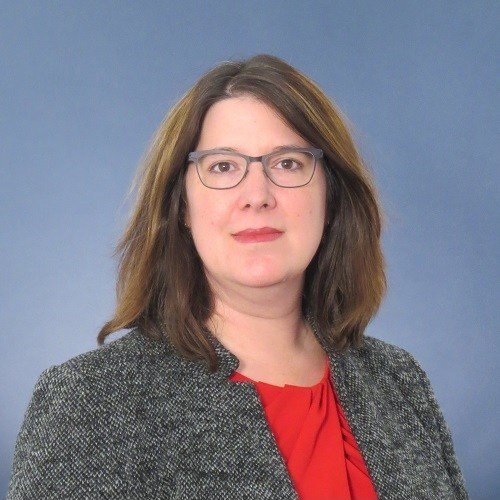Consumer options for apps or wearable devices to help track personal health goals begin well before they arrive in a digital or physical store. The design and testing phase is where developers make crucial decisions on how well the solution will perform: from following evidence-based academic research, to including perspectives from a wide variety of backgrounds.
“The better that we do with that, the better the solution's going to be. At the end of the day, our goal is that everybody is healthier and happier with a solution that is personally tailored and customized for them,” said Susan Moore, PhD, MSPH, research assistant professor for community and behavioral health and associate director of the mHealth Impact Lab in the Colorado School of Public Health at CU Anschutz.
In the Q&A below, Moore talks more about melding academic research and a fast-paced industry and shares some of the innovative work going on in her lab.





